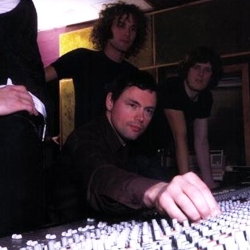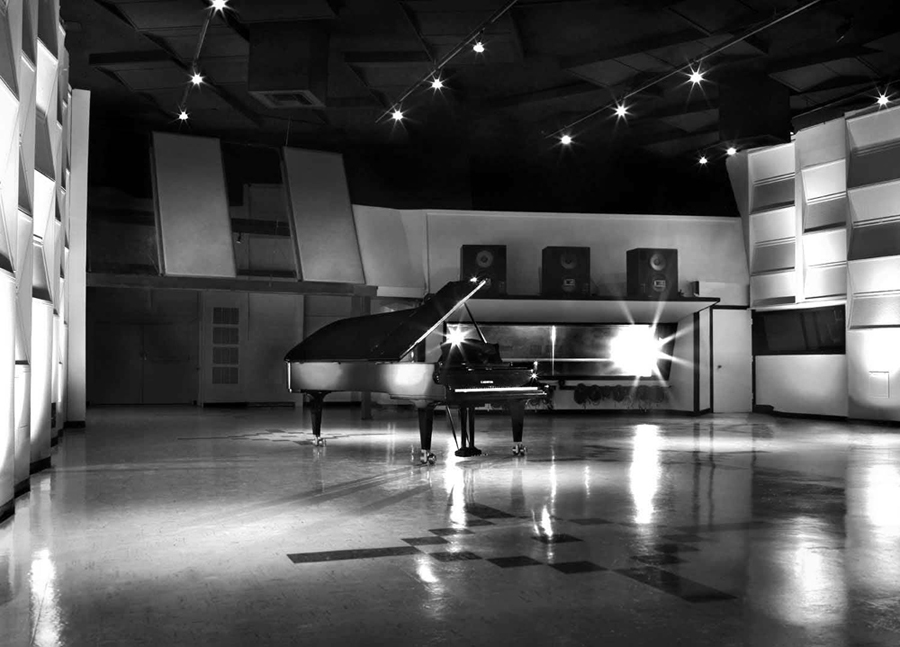
Overdubbing Techniques
There are several commonly used overdubbing techniques that every producer should be aware of.
Although the following techniques refer to vocals, they can be used for just about any instrument.
Use the Big Part of the Studio
If you’re in the same studio where you tracked your basics, don’t fall into the trap of keeping the exact same instrument setup in the same place in the studio as your basics (unless you’re doing fixes to the basic tracks).
Move the singer or instrument into the big part of the studio. All instruments sound best when there’s some space for the sound to develop.
You can cut down on any unwanted reflections in the room by placing baffles around the mic, the player, or the singer.
Vocal Doubling
The technique of doubling a lead vocal has been used for as long as multitrack recorders have been around.
The Beatles did it way back when they were using only 4-track magnetic tape and really didn’t have a track to spare, which tells you how powerful a tool doubling can be.
Doubling a vocal (having the singer sing the exact same line or phrase twice and playing back both parts) works for two reasons; it makes a vocal sound stronger, and it masks any tuning inconsistencies in the part.
While the doubling technique can work for a great number of vocalists, sometimes it just doesn’t sound good if both vocal tracks are replayed at the same level.
Try adding the second vocal at 6 to 10 dB less than the track you deem the strongest. This will add a bit of support to an otherwise weak vocal without sounding doubled.
Vocal Stacking
An offshoot of doubling is called vocal stacking, a technique normally used on harmony background vocals. Like doubling, stacking can make a harmony vocal part sound stronger while smoothing out any tuning inconsistencies.
An example of vocal stacking would be a three-piece vocal group singing a three-part harmony section.
After their first pass is complete, they double their parts singing them exactly the same way, then triple-track it or more, all in an effort to get a bigger, fuller sound.
One little trick that makes a stack sound bigger is to have the vocalists take a step back from the mic with every vocal pass while the engineer increases the mic gain to compensate for the distance. The increased ambience of the room will naturally enhance the sound without artificial means.
Another trick is to have the vocalists change parts with every pass. In other words, the vocalist singing the highest part of the three-part harmony would move to the lowest, the one singing the mid part would move to the highest, and one singing the lowest part would move to the mid part.
Of course, this assumes that the vocalists are pros and capable of changing vocal parts without too much of a problem, and that their voices are capable of performing the new parts.

